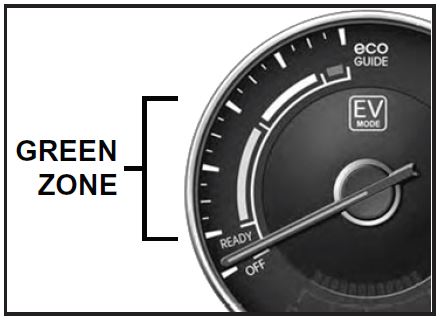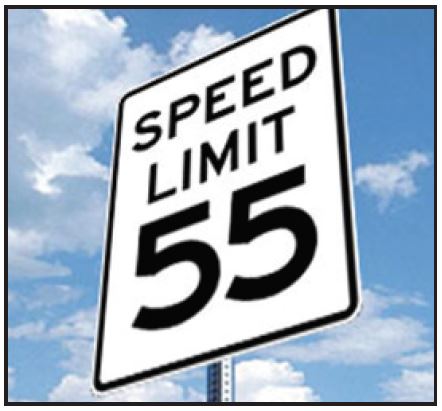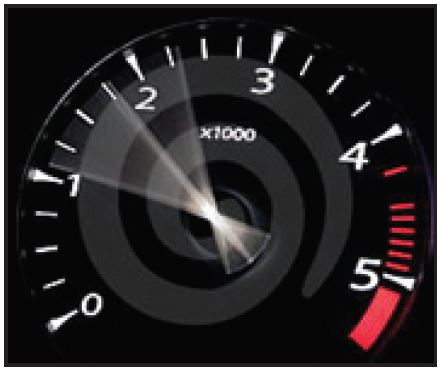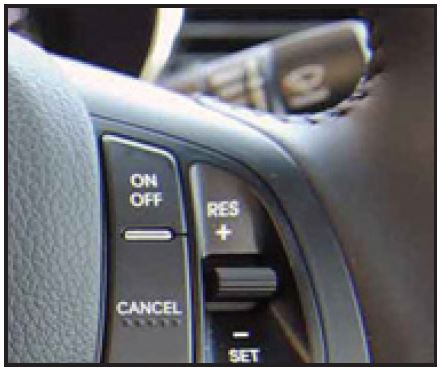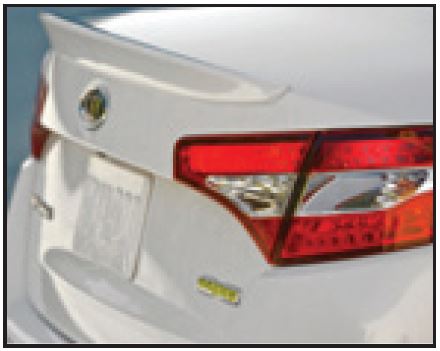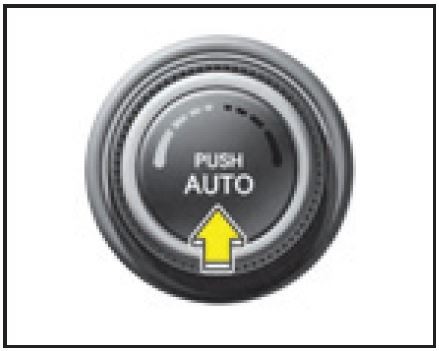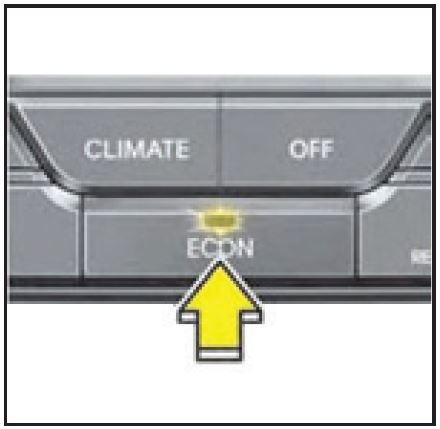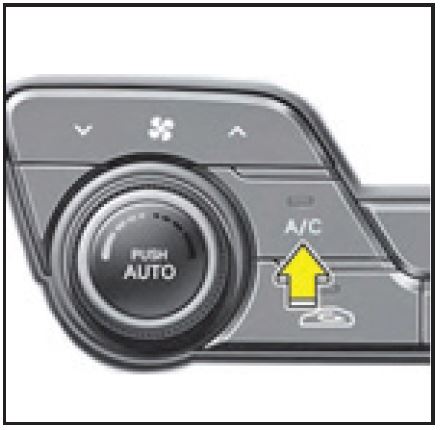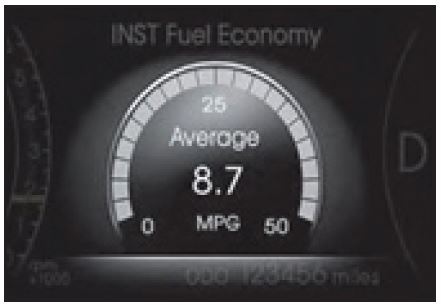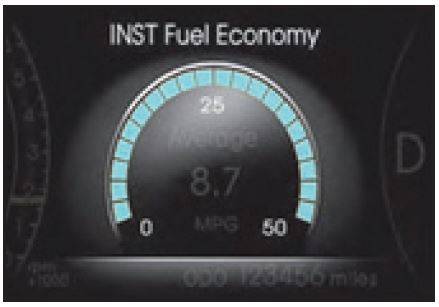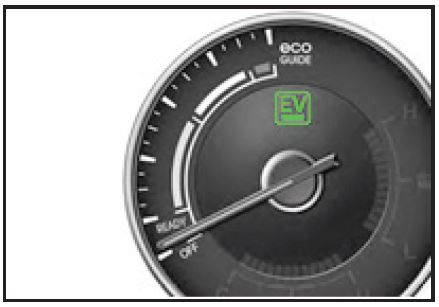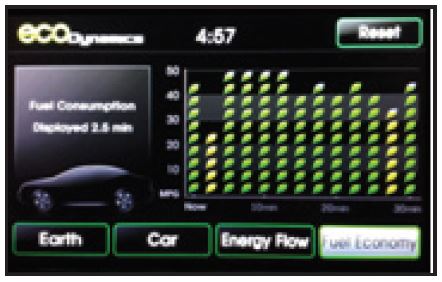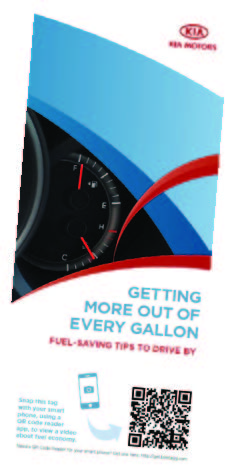| “This site contains affiliate links for which OEMDTC may be compensated” |
SUBJECT:
HYBRID FUEL EFFICIENCY TIPS AND TROUBLESHOOTING PROCEDURE
The Optima Hybrid (TF HEV) offers customers the potential of excellent fuel economy. However, because some customers may not be achieving the published EPA-rated city/highway numbers, they may bring a vehicle to a dealership’s service department. The following information is provided so that the service department will be well informed to answer the customer’s concern and, if necessary, to troubleshoot the vehicle.
Remember, EPA (window label) fuel economy estimates are not guarantees by manufacturers. Rather, they are intended to be used for comparison between different vehicles. Here is what the EPA says about these numbers:
The fuel economy ratings are an estimate.
The purpose of the fuel economy ratings is to provide consumers with estimates to use in comparing the gas mileage of different vehicles. It is not meant as a guarantee of the gas mileage each driver will achieve. Since no test can simulate all the possible conditions that affect fuel economy, such as climate, driver behavior, road condition, and car care habits, your actual mileage will always vary some from the estimates.
The EPA emphasizes that real world vehicle mileage will depend on numerous factors, and some critical ones can be controlled by the customer. Here is what the EPA says about these factors:
Factors that affect Fuel Economy.
It is essential that EPA’s fuel economy estimates continue to be derived from controlled, repeatable laboratory tests to enable a standardized or “level playing field,” comparison between all vehicle models. Although EPA’s fuel economy tests are designed to reflect typical driving conditions and driver behavior, several factors can significantly affect how many miles per gallon (mpg) your car gets: how and where you drive; vehicle condition and maintenance; fuel variations; vehicle variations; and engine break-in (this is described on Many Factors Affect MPG page): https://www.fueleconomy.gov/feg/factors.shtml. Because some vehicles are more sensitive to these factors than others, the impact of the changes will vary from vehicle to vehicle. The nature of current hybrid technology — the addition of a battery as a second source of on-board power, sophisticated control systems, and sometimes a smaller engine — makes a hybrid’s fuel economy more sensitive to certain factors, such as colder weather and air conditioning use.
FUEL EFFICIENCY TIPS
Drive efficiently.
When it is safe to do so, follow these tips for more efficient driving:
- Monitor the ecoGuide indicator. This gauge offers the best feedback to drivers about their efficiency, especially during acceleration. Keep the indicator in the green zone as much as possible
- Obey the speed limit. The hybrid system can achieve highest efficiency when highway speed limits are complied with.
- Apply the accelerator pedal smoothly. Smooth, steady applications of the accelerator pedal deliver higher efficiency than when the pedal is pressed and released sharply or repeatedly during acceleration, hill-climbing, and cruising.
- Use cruise control on the highway. When used, cruise control helps you keep a constant speed and therefore will save gas in most cases. However, customers should always be reminded that cruise control should only be used when it is safe to do so.
- Brake early and smoothly. When approaching a stop or slow down area, start braking early and smoothly progress to stop or slow down your vehicle safely. This allows for the best possible brake energy regeneration.
- Obtaining the best fuel economy is a learning process. make sure the customer understands that getting maximum fuel economy requires a learning process using the feedback information in the vehicle and also by listening to others in your vehicle and their observations on the smoothness of your driving. The customer’s objective should be to learn over time how to use the accelerator and brake pedals most efficiently.
Use the climate control wisely.
properly adjusting the climate control can save electricity, which is used to drive the wheels whenever possible, thereby reducing gasoline use.
- Use AUTO mode and set the desired temperature. The fully automatic climate control system achieves the target temperature as quickly and efficiently as possible, similar to many home thermostats. press the AUTO button, and use the temperature knob to set the driver and passenger desired temperatures. Avoid setting the temperature to lo (or “Max A/C” mode) when not needed.
- Operate in ECON mode. press the ECON button until the indicator light illuminates. This saves electrical power while keeping the occupant compartment comfortable.
- Turn the A/C off when not needed. It is common for many people to leave the air conditioner on at all times. With a hybrid, the unnecessary use of the air conditioning uses up electricity, thus increasing the time the engine needs to be using gasoline to operate. To deactivate the air conditioning, press the A/C button two or three times, until the A/C indicator light turns off. Whenever the AUTO button is pressed, the A/C may be activated again, although the A/C indicator light may remain off (read about defogging logic in the owner’s manual, as the A/C light behavior can be changed if desired).
Monitor the vehicle’s fuel economy.
The best indicator of average fuel economy is the Average mpg readout in the trip computer (located in the gauge cluster). Immediately after refueling, the Average mpg readout may climb and fall significantly. This is normal. Judge fuel economy several miles after refueling. If the customers are not satisfied with their mpg, they will need to adjust their driving habits in a consistent manner to find the actions which do the best job of increasing this number.
Some other indicators related to fuel economy may require further explanation to the customer, and they provide less critical efficiency feedback than the Average mpg readout:
- The blue INST Fuel economy ring around the Average mpg readout indicates the instant fuel economy, and this ring changes frequently, even while driving at a steady speed. This is normal.
- The EV mode indicator light will come on when electricity from the hybrid battery is the sole source of propulsion. The light cycles on and off. This is normal.
- The historical fuel economy “leaf” chart in the navigation system display (if equipped) displays a snapshot of instant fuel economy every 2.5 minutes during a drive cycle. This display is not an indication of average fuel economy.
For more fuel efficiency tips, please refer to the following resources:
- The Kia
 vehicle owner’s manual
vehicle owner’s manual - The Kia
 Fuel economy brochure, “Getting More out of Every Gallon” (pictured to the right) P/N UN120-KU-002, available for order in packs of 50 through Archway at (866) 542-6268
Fuel economy brochure, “Getting More out of Every Gallon” (pictured to the right) P/N UN120-KU-002, available for order in packs of 50 through Archway at (866) 542-6268
- The website of the EPA, where you can learn details of the many factors affecting fuel economy: https://www.fueleconomy.gov/feg/drive.shtml
TROUBLESHOOTING PROCEDURE
If a customer’s concern is not resolved by providing these tips on changing their driving habits, the following actions may be taken by a service department team member:
- Compare the customer’s vehicle to a like vehicle. Select a route to drive with consistent traffic (5 to 10 miles is sufficient). The Average mpg in each vehicle should be reset at the beginning, both vehicles should start at the same operating temperature, and both vehicles should have the same climate control and accessory settings. A dealership team member should drive both vehicles and do so consistently. If the difference between the two vehicles’ Average mpg is greater than 15%, inspect the vehicle for a powertrain, maintenance, or non-Kia
 accessory issue.
accessory issue. - Observe the customer’s driving style. reset the Average mpg at the beginning of the drive, ride in the passenger’s seat while the customer drives on a typical drive route, and quietly take notes. After 5 to 10 miles, stop the vehicle and provide the customer with respectful, constructive feedback where inefficiencies have been observed. Then, reset the Average mpg and ask the customer to drive the same route while minding the advice. If the advice is followed, fuel economy should improve noticeably. make sure to keep in mind while talking to the customer that the EPA rating city/highway numbers are NOT intended to represent real world mileage numbers, but are intended to allow customers to compare different vehicle models as to their relative efficiency.
Improved driving techniques are an essential part of increased fuel economy. The key to ensuring customer satisfaction in response to fuel economy concerns is to personally learn how a driver who desires the best fuel mileage can achieve that goal. To this end, dealership personnel should familiarize themselves with the Kia optima Hybrid and practice achieving higher mileage themselves.
optima Hybrid and practice achieving higher mileage themselves.
